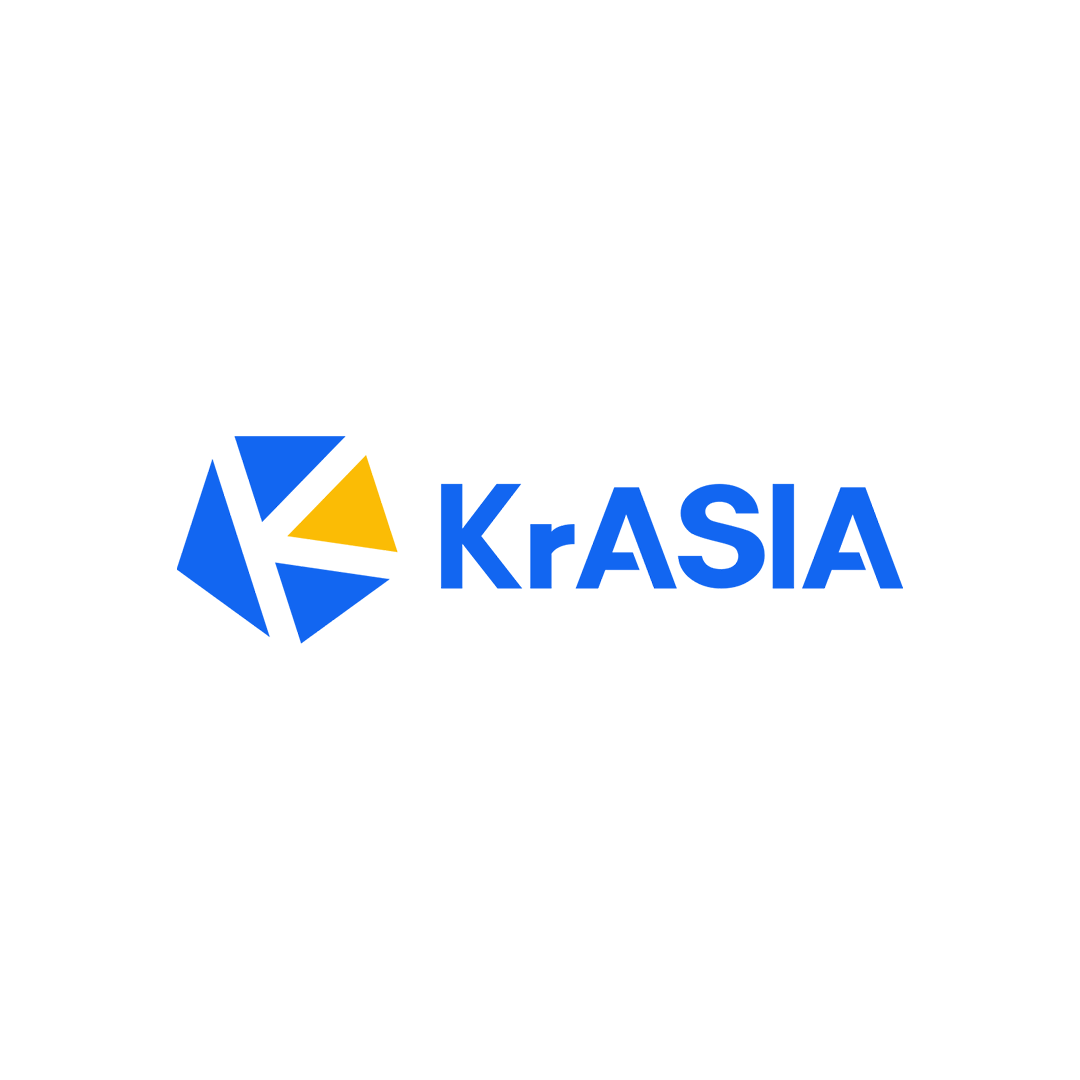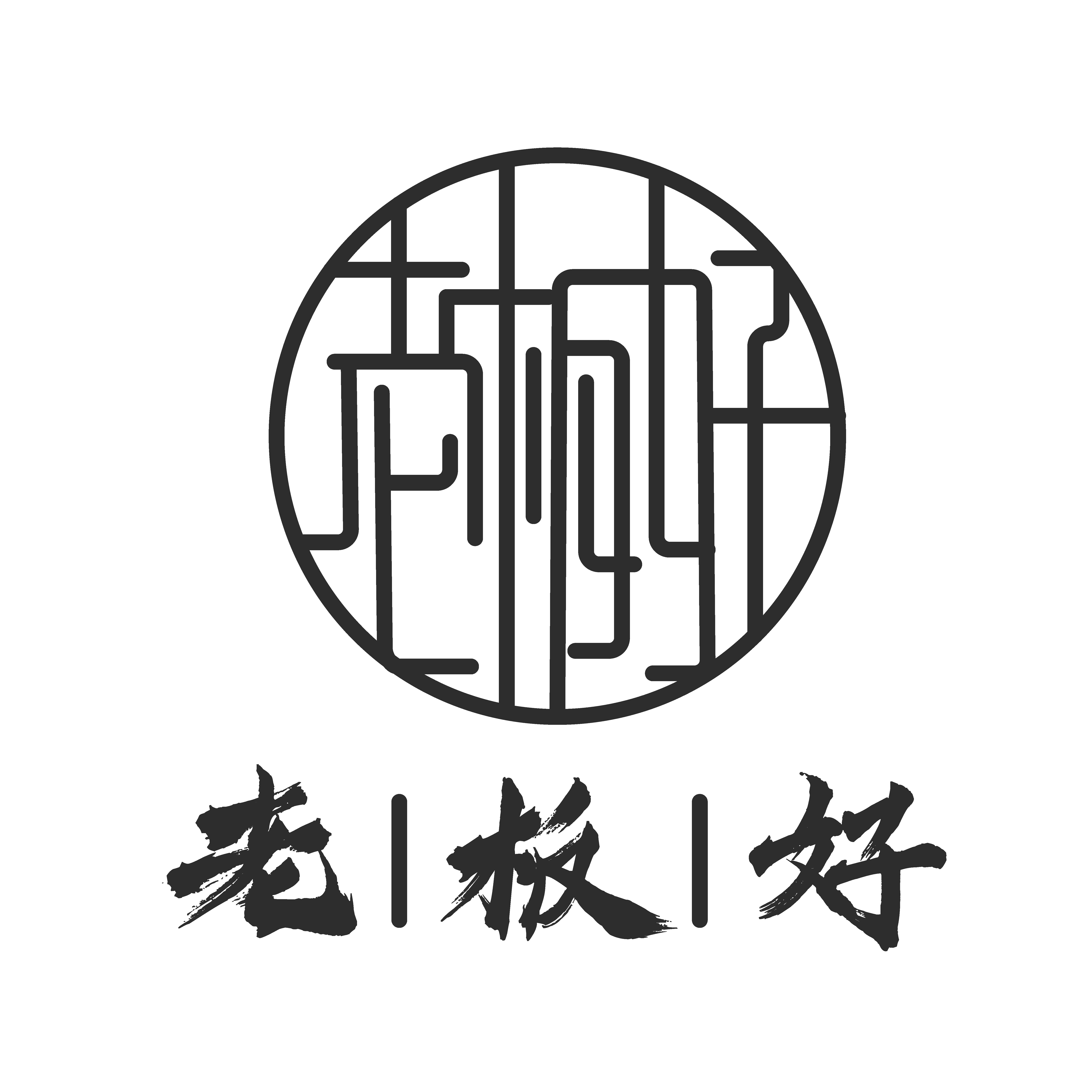After streamlining offices, Lark moves to tame the chaos of vehicle R&D
1 天前
How can 40 products be produced with maximum efficiency by two employees on two assembly lines, where one employee makes ten products per hour and the other makes eight?
This was the first question posed to graduate students in the inaugural operations management course at Peking University’s Guanghua School of Management.
Scale this again to 100,000 employees. The number of products, suppliers, and nodes grows exponentially. New considerations emerge: customers, procurement, legal, finance, compliance, marketing, human resources, turnover, and training costs. All intertwined through countless correlation points.
Solve this, and you’ve only scratched the surface of operations management.
In 2025, these challenges reflect only a fraction of what real-world enterprises face. At the end of last year, BYD employed 969,000 people worldwide. Foxconn had 900,000, Huawei 208,000, Alibaba 194,000, and ByteDance 120,000.
Within such organizations, each product or project moves through layers of decision-making, procurement, bidding, design, production, R&D, testing, transport, sales, and review. These stages involve collaboration across multiple departments and roles. The many process nodes, large volumes of business, and rapid team growth create blind spots and communication risks, making it difficult for leaders to track progress or adapt to uncertainty.
This is not a problem unique to one company. It is a structural challenge across industries, and one China must solve as it pushes manufacturing onto the global stage.
Calls for efficient collaboration and smarter decision-making are growing louder. Is there a tool that can cut through complexity, remove communication barriers, and reshape how enterprises manage projects?
On September 10, Lark launched a suite of new products in Shenzhen aimed at helping companies simplify project management. Alongside upgraded platform capabilities, it introduced an industry solution for end-to-end vehicle R&D.
The automotive sector has long been regarded as the “crown jewel” of manufacturing. Its supply chains, scheduling requirements, and technical precision are on a scale far beyond ordinary production.
Ford’s assembly line in 1913 became a model of operations management for more than a century. But in 2025, organizational structures, project complexity, and industry needs have shifted dramatically.
The essence of car manufacturing is complexity managementEnd-to-end vehicle R&D is among the most complex management challenges in industrial production. With electrification and smart technologies, a single car can now include hundreds of millions of lines of code.
According to China’s Ministry of Industry and Information Technology, Level 2 assisted driving features reached a penetration rate of more than 50% in new smart vehicles by 2024, the highest in the world. China also became the top global car exporter in 2023, shipping 4.91 million vehicles. Brands such as BYD, Nio, Xpeng, and Li Auto have emerged in this environment.
Modern vehicle R&D must account for both traditional components like engines and transmissions and new smart features such as infotainment systems, sensors, and artificial intelligence-assisted driving. The scope of work has expanded dramatically. Developing a single vehicle model can involve tens of thousands of tasks, thousands of deliverables, and coordination between internal engineers and external suppliers.
Conventional process management systems are struggling to keep up.
“After we released Lark’s IPD (integrated product development) solution last year, many automotive OEMs (original equipment manufacturers) who were already using Lark’s management software approached us, wanting to know if they could also use it to manage their end-to-end vehicle R&D,” said Wang Chen, product lead for Lark solutions, at the September 10 launch.
IPD, widely used in advanced manufacturing, helps companies improve productivity and respond quickly to market shifts. Interest from customers signals a genuine pain point.
“Car manufacturing is a complex and monumental undertaking. Fellow industry professionals here can deeply relate to the numerous pitfalls we’ve encountered in the past such as fragmented information flow, loss of project control, and chaotic interdepartmental collaboration. These issues are not unique to any one OEM but are common pain points across the entire automotive sector,” said Zhang Lei, Avatr’s head of IT processes.
As vehicles become more intelligent and user-centered, R&D is no longer a linear process. It resembles a three-dimensional network spanning design, production, quality assurance, and supply chains. Managing this requires a unified, adaptive platform.
Iteration cycles for smart cars move faster than many expect. A suitable platform must allow quick setup and modification, maintain transparency, and ensure traceability. It should also support in-house customization through standardized interfaces to enable smooth data flows.
Zhang said Avatr began working with Lark on IPD-based vehicle R&D in July 2024. The company uses Lark both vertically, managing the entire process from customer feedback to delivery, and horizontally, integrating more than ten specialized tools into a single system.
From a single screw on the production line to nearly 1,500 deliverables, templates, and dependencies, Avatr can now ensure that “processes are monitorable and outcomes are predictable.”
Over a year of collaboration, Avatr reported a 90% reduction in average performance experience design analysis time, a 30% improvement in review and approval efficiency, a 70% reduction in software feature breakdown time, and a 50% improvement in alignment across project feature lists.
Lark is also being used in other areas of the sector, such as smart driving software.
Fan Xiaojun, senior R&D director at Momenta, said the company has scaled its work to more than 130 vehicle models and 400,000 vehicles. The expansion has increased pressure on its R&D teams, which must juggle multiple projects while meeting complex standards. Momenta sought a platform that could automate processes and improve efficiency.
Fan explained that Momenta built 200–300 processes on Lark, using its low-code and no-code tools to quickly adjust workflows. One example is road testing, a crucial step in assisted driving. Traditional tests required two people per car, which strained resources as models and iterations multiplied.
Momenta developed a road test system on Lark covering the entire workflow, from planning to execution. Test plans can be synced to in-car displays, safety officers can log issues with a single button, and data is uploaded automatically to generate reports.
“Previously, a road tester had to be in each car, but now one person can supervise the testing of ten cars simultaneously, resulting in a tenfold increase in efficiency,” Fan said. “The entire road testing process has therefore become more traceable, automated, and complete.”
Whether in Avatr’s or Momenta’s case, the lesson is the same: complexity management is about making processes transparent and decisions clear. Platforms that fail to achieve this cannot move projects forward.
Three breakthroughsAccording to a white paper by EO Intelligence, Lark holds a 37% share of China’s software-as-a-service project management market, making it the sector’s leader.
While Lark’s end-to-end vehicle R&D solution attracted the most attention at its product launch, the deeper value lies in its three-layered design philosophy: distinguishing between foundational infrastructure, core capabilities, and product applications. For business leaders, the core questions are how to abstract key elements, how to maintain flexibility without inefficiency, and how to maximize visibility while managing risk.
Lark began as an internal tool at Douyin in 2018.
In 2017, Douyin was in its early product development stage. By the following year, it had surged in popularity. During the Lunar New Year holiday, daily active users jumped from 20 million to 60 million. To capture market share quickly, Douyin accelerated its iteration cycle from monthly to biweekly, with R&D split into parallel teams.
But rapid growth brought challenges. Team size ballooned to more than 1,000 within months, creating inefficiencies in information flow, collaboration, and division of labor.
In October 2018, an internal project management tool was rolled out to manage this growth. It quickly proved useful. Neighboring teams, such as Huoshan Video, adopted it, and adoption spread across ByteDance. By late 2020, it had replaced fragmented project management tools across the company, becoming the unified system. That year, ByteDance also launched Lark commercially as part of its office collaboration suite.
Douyin’s intense early competition served as a stress test for Lark. The tool was forged in an environment that demanded practicality, efficiency, and transparency.
Lark’s mission remains straightforward: to enable efficient project management for organizations with large workforces, multiple nodes, complex environments, and fast growth.
In 2022, Lark entered the industrial manufacturing IPD segment. Two years later, it launched a full IPD solution for the sector. According to Lark CEO Xie Xin, the company had gained more than 1,000 customers within three years of commercialization, including Xiaomi, Anker Innovations, Nio, Li Auto, Xpeng, Ubras, Gongniu, and United Imaging Healthcare.
By 2025, Lark had secured the “crown jewel” of industrial manufacturing with its end-to-end vehicle R&D solution. It evolved from a tool into a platform, adding visualization, API interfaces, and lightweight applications. These features have made it a flexible, configurable project management system tailored for China’s smart manufacturing.
A new worldModern project management is a relatively recent concept.
The invention of the spinning jenny in the 18th century helped launch the Industrial Revolution, separating labor from capital and giving rise to the factory system.
In 1911, Frederick Winslow Taylor’s “The Principles of Scientific Management” became the first systematic study of workplace efficiency, marking the beginning of modern management.
Two years later, Henry Ford’s assembly line transformed the automotive sector. Assembly time for a Model T fell from 12 hours to just over 90 minutes, and at peak speed, one car rolled out every ten seconds.
But the assembly line itself was not proprietary. Many US carmakers had the capability to replicate it. What set Ford apart was the broader philosophy behind it. He divided assembly into 84 steps, standardized interchangeable parts, and raised worker pay from USD 2.34 to USD 5 per day, well above the norm.
The result was mass production enabled by standardization, economies of scale, and mechanization. The principles were division of labor, material flow, and operational consistency.
More than the assembly line itself, it was this management philosophy that proved transformative.
Four decades ago, China absorbed many of these principles during reform and opening-up. It adopted factory systems and management methods in exchange for market access and technology. The outcome was decades of rapid industrial development.
Today, China produces advanced fighter jets and precision components like pen ballpoints. Its industrial added value reached RMB 40.5 trillion (USD 5.7 trillion) last year, the highest globally, and it has led the world in output for more than 220 industrial products, including photovoltaic components, new energy vehicles, and ships. But much of the management playbook from the past has grown outdated.
Lark’s growth has coincided with China’s rise as a manufacturing and innovation hub. Consumer-facing names like TikTok, Shein, Pop Mart, and Xiaohongshu illustrate one side of the story. On the industrial side, Huawei, Xiaomi, Oppo, Vivo, and BYD have expanded rapidly, alongside heavy industries such as steel, cement, solar, and new energy.
This growth is underpinned by digital management platforms and new approaches to organizational efficiency.
As US economist Marc Levinson wrote in “The Box: How the Shipping Container Made the World Smaller and the World Economy Bigger,” technological breakthroughs alone are not enough. Without integration, they create silos and limit efficiency. What drives China’s industrial capabilities is not just individual technologies but system-level philosophies, collaborative industry structures, and digital platforms built for the information age.
No single company, product, or technology can carry this transformation alone. Lark, Avatr, Momenta, Xiaomi, Anker, Nio, Li Auto, and Xpeng are all contributing to an ecosystem that is shaping global best practices in digital manufacturing.
For half a century, China’s manufacturing sector has advanced step by step, “crossing the river by feeling the stones.” It has, quite literally, carved paths through mountains and built bridges over water. Today, it is no longer merely crossing rivers. It is charting oceans, setting the course for the next era of global industry.
KrASIA Connection features translated and adapted content that was originally published by 36Kr. This article was written by Xiao Xi for 36Kr.
...Read the fullstory
It's better on the More. News app
✅ It’s fast
✅ It’s easy to use
✅ It’s free









